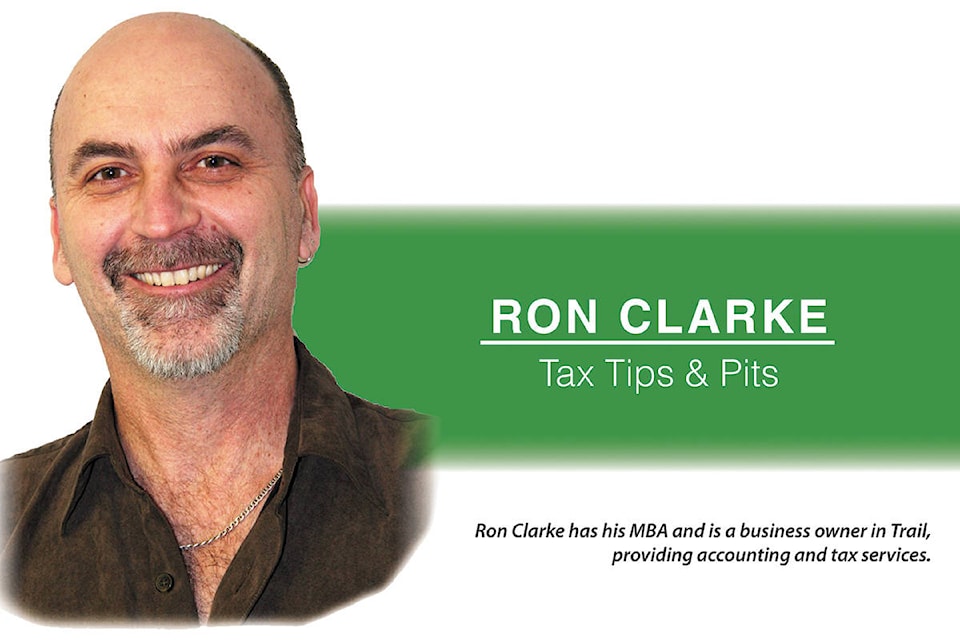Questions from businesses continue, but now the answers are more concrete surrounding the wage subsidy system.
Nonetheless, despite the best effort to include the most current details, things may change.
The final part of the wage subsidy system is rolling out this week with applications accepted for the 75 per cent Canada Emergency Wage Subsidy (CEWS), not to be confused with the 10 per cent Temporary Wage Subsidy (TWS) that has been operating for a couple of weeks now.
To clarify, the final version of the wage subsidy system makes it available to proprietorships and Canadian Controlled Private Corporations (CCPC), as well as not-for-profits, as long as the organization had a registered payroll account prior to March 15.
Also included in the 75 per cent CEWS are corporations not classified as a CCPC. The effective time frame for both subsidies is mid-March to mid-June, with any monies received from either program treated as taxable business income for 2020.
To qualify for the 75 per cent CEWS, Step 1 is to prove a revenue drop of at least 30 per cent, only 15 per cent for March since the program’s start date is March 15.
The revenue drop is proven either by a year over year comparison for the month in question, or by averaging January and February 2020 sales and comparing that value to the month in question.
Noteworthy to point out here, if the business has not experienced a drop in sales to qualify it for the CEWS, the TWS is still available. More detail below.
Step 2 calculates each employee’s base average weekly remuneration paid between January 1 and March 15.
Step 3 identifies eligible employees for each claim period. Key to this is that an employee cannot have been unpaid for a period of 14 consecutive days in the claim period. To this end, the government is allowing a re-hire with retroactive pay which will qualify the employee for the program, a method to stimulate employment.
Step 4 calculates the actual average weekly pay for each eligible employee for the claim period.
Step 5 is a two stage calculation for each eligible employee. Stage 1 identifies the lesser of 75 per cent of current weekly pay or a max of $847. Stage 2 identifies the lesser of current weekly pay or 75 per cent of base weekly pay or a max of $847.
The greater of these two values is the subsidy for that employee. An exception to this is for non-arms length employees such as family members who must use Stage 2.
Adding the CEWS subsidy for each employee arrives at the “total” 75 per cent CEWS amount for that month. However this is not yet the definitive “eligible” CEWS claim.
Step 6 shifts to the 10 per cent TWS.
Because the TWS is also available for the business to claim, it’s necessary to calculate the TWS. Fortunately the TWS calculation is simpler than the CEWS calculation.
It’s based on 10 per cent of each employee’s actual gross pay for the month, with a maximum of $1375 per employee for the program duration. Adding the TWS for each employee arrives at the eligible TWS claim for that month.
For lucky Step #7, subtract the eligible TWS claim from the “total” CEWS amount to net to the “eligible” CEWS claim.
Clear as mud?
To claim the CEWS, the application is on-line.
To claim the TWS, subtract the eligible TWS claim from the source deduction “tax withheld” amount when paying source deductions for the month. If there isn’t enough tax withheld to cover the eligible TWS claim, the unclaimed TWS balance is claimed in a future month. CPP and EI remittance amounts must remain untouched.
As mentioned earlier, regardless of whether or not a business qualifies for the 75 per cent CEWS, if a business has a payroll, the business is eligible to claim the 10 per cent TWS, whether sales are down or up.
And for those businesses that only qualify for the TWS, the claim can be delayed to December when the eligible TWS for the entire program time frame can be calculated and application made to the government for a single payment to the business.
Finally, as one can easily guess, CRA will be monitoring payroll reporting carefully.
The importance of remaining current with payroll – with all business bookkeeping and government filings for that matter – is paramount. Whether quiet times or crazy times for a business, don’t fall behind.
Ron Clarkeis a business owner in Trail, providing accounting and tax services.
